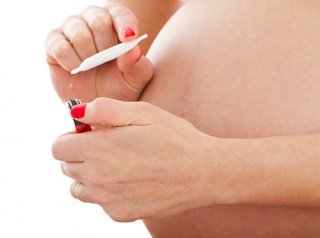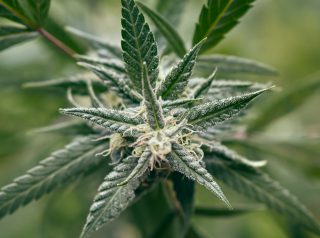Marijuana consumption for recreational purposes remains prohibited in most states. Hence, authorities may require individuals to undergo marijuana drug testing if cannabis use or abuse is suspected. It may be a part of routine screening in the workplace to ensure that the employees are fit to work or court-ordered sentencing requirements. Drug testing is also an aid in helping a person ease off abuse or addiction. If you want to pass an upcoming drug test, it is useful to know the different types of tests administered and their detection windows.
Page Content
How Long Do Cannabinoids Stay In Your System?
The pleasurable effects of marijuana are fleeting. The high lasts for half a day at most, but its components leave traces that could be detected in your body for weeks or even months. It is important to know the half-life of cannabis first to understand how drug detection tests work.
Half-life refers to how long it takes for half of the cannabinoids to be metabolized and eliminated from the bloodstream. THC’s half-life varies per individual. It depends on several factors like the frequency of use and the potency of the marijuana product consumed. The specimen site also matters as the metabolites tend to linger longer on certain parts of the body.
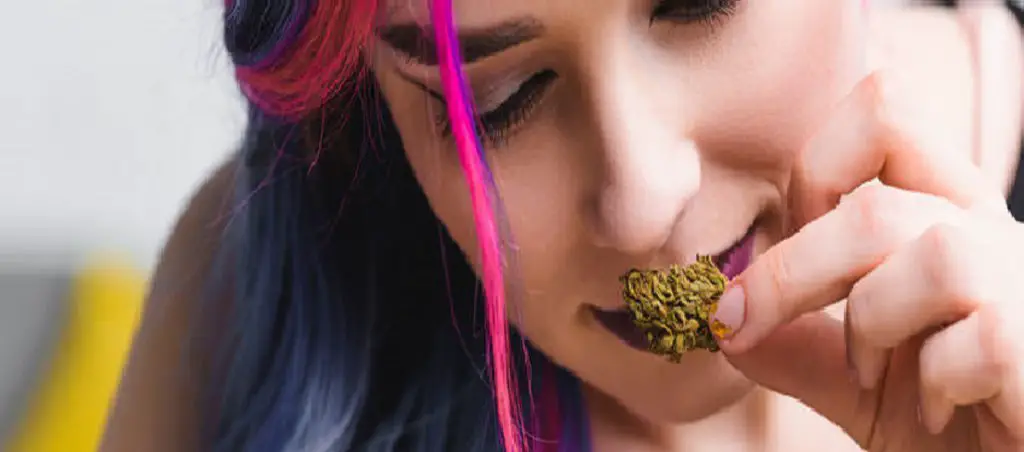
But in general, cannabis has a long half-life of about 67 days. That is because the lipid-soluble cannabinoids are stored away in fatty tissues and slowly released from the body.
| Specimen | Frequency of Use | Duration |
| Blood | Occasional/moderateChronic | 3 to 4 hours2 to 7 days |
| Saliva | Occasional/moderateChronic | 1 to 3 days1 to 29 days |
| Urine | One-time useOccasional/moderateChronic | Up to 3 days5 to 10 days30+ days |
| Hair | Occasional, moderate, and chronic use | 90 days |
Different Marijuana Tests and their Detection Windows
There are various ways of detecting traces of marijuana in the system, each with different detection windows. Each type of test has different mechanisms, but it doesn’t look for THC in most cases. Instead, it detects metabolites or the byproducts of THC called 11-nor-delta-9-tetrahydrocannabinol-9-carboxylic acid (THC-COOH).
Urine Test
Urine tests are the most common and preferred way of testing for marijuana use because it is cheaper and easier to administer than most tests. On top of that, it has a more extended detection period because of high concentrations of metabolites in urine. Not to mention, urine can be sampled easily, and it does not require invasive procedures. As such, it allows for large-scale screening with quick test results. The catch, however, is that there is a possibility of turning up false-positive results. So, if a test comes out positive, it is usually retested using a more specific Gas chromatography-mass spectrometry (GC-MS) test.
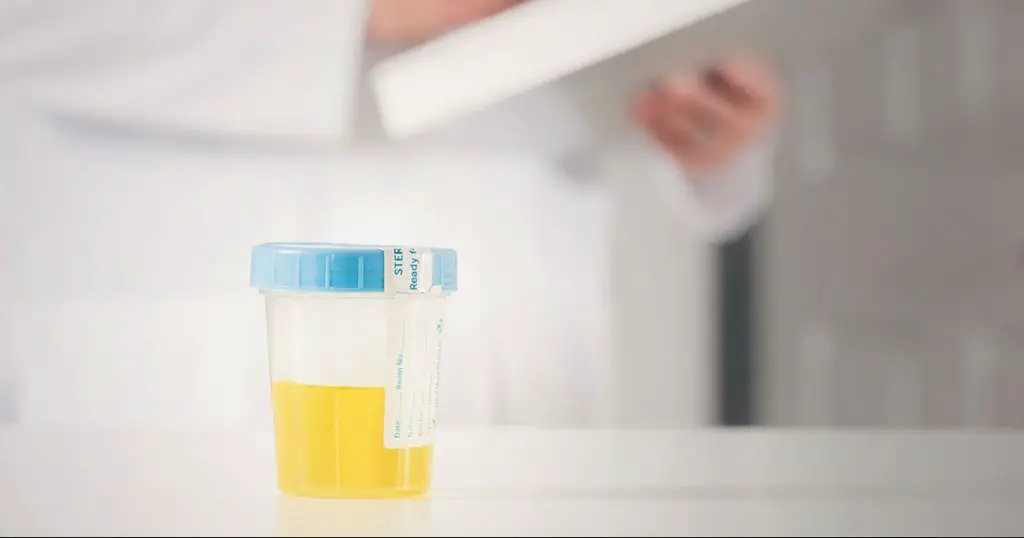
To take a urine test, all you have to do is urinate into a cup, seal it with a lid, and then send it to the laboratory.
Urine tests could detect THC-COOH for as long as 30 days, depending on the frequency of use:
| Frequency of Use | Detection Window |
| First time or Single useOccasional use (1-3 times a week) | 3 days |
| Moderate use (4 times a week) | 5 to 7 days |
| Daily heavy use (7 times a week) | 10 to 15 days |
| Chronic heavy use (multiple times a day for 7 consecutive days) | More than 30 days |
Hair Follicle Drug Test
Employers often use the hair follicle drug test in screenings before hiring applicants. This test is considerably more expensive than the commonly used urine test, but it can detect drug use for up to 90 days. On top of that, washing, dyeing, and using styling products on your hair won’t affect the accuracy of the test.
However, because of the rate of hair growth, drugs can’t be detected in the hair until five to seven days after use. As such, it is not appropriate for detecting recent drug use. Some research also reveals that this test does not reliably detect light or infrequent cannabis use. Moreover, it is possible to get a false-positive result as THC and its metabolites can be present in the hair of non-users due to second-hand smoke or direct contact with a cannabis user. A negative result is retested to validate test outcomes using enzyme-linked immunosorbent assay (ELISA), while a positive result is confirmed using GC-MS.
To conduct the hair follicle drug test, the collector will cut 100 to 120 strands of hair from the crown of your head. It is collected in different spots to prevent creating a bald spot. If you have little to no hair on your head, body hair could be used instead. Once cut, the hair samples will be placed in a secure envelope for overnight testing.
Blood Test
A blood test can detect if someone is currently intoxicated with marijuana. Unlike other tests that detect THC metabolites, this method detects the actual parent drug before it is metabolized by the body. However, this test is not usually preferred due to the invasive and costly nature of the procedure. After all, drawing blood requires specialized training, and it can be painful for the subject. But if accuracy is vital, blood drug screening is among the best options.
To conduct a blood drug screening, a licensed laboratory technician would have to puncture your vein and draw 3 to 4 milliliters of blood sample. That makes it exceedingly hard to tamper with the results.
Blood tests could detect parent THC molecules for as long as 25 days, depending on the frequency of use.
| Frequency of Use | Detection Widow |
| Occasional/infrequent use | 3 to 4 hours |
| Chronic, heavy use | 2 to 7 days |
| Exceptional cases of chronic users (rare but possible) | up to 25 days |
Saliva Test
The saliva test is fairly new, but it is increasingly becoming popular because it is cost-effective, efficient, and easy to administer. It is ideal to use in roadside testing as obtaining samples is quite easy, and it produces results in as fast as 10 to 12 minutes. Moreover, it can be used anywhere and anytime without requiring any special equipment or facility. However, in some cases, it may still warrant further laboratory processing to ensure accuracy.
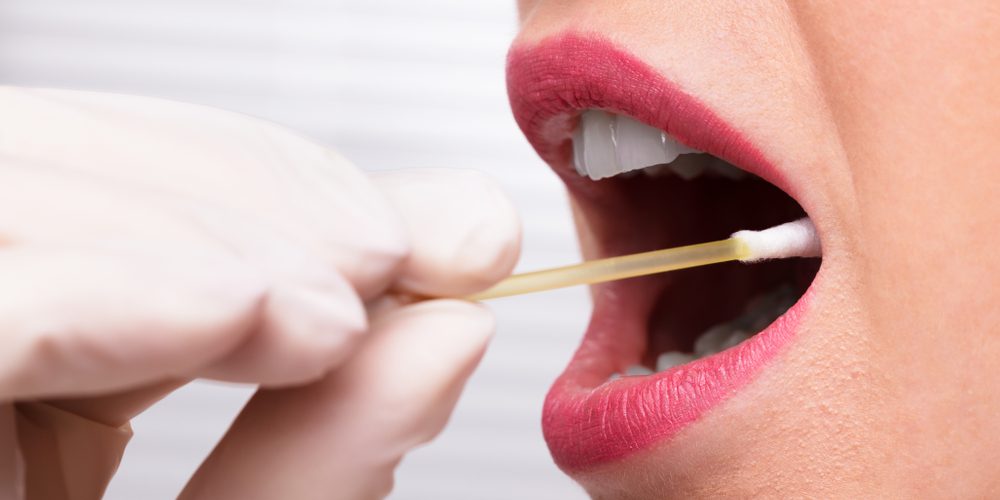
Unlike urine tests that look for metabolites, saliva tests detect THC that lingers in the mouth and oral fluids. It can trace cannabis use for up 4 to 6 hours after the last smoke. Meanwhile, some saliva tests could detect THC metabolites in infrequent users for 1 to 3 days and up to 29 days in chronic users.
To perform a saliva test, all you have to do is place the collector in your mouth until it is completely soaked with saliva. The testing officer will put the soaked collector in the kit’s tube, and the test will automatically begin. After 10 minutes, the results will be ready for interpretation.
Sweat Patch Testing
This test is not commonly used because it requires using a patch for an extended time. However, it might be useful in monitoring drug use in outpatient treatment for recovering cannabis users if the person agrees to keep the patch on for the prescribed duration.
The sweat patch testing can detect cannabis use during the last 7 to 14 days. A patch is placed on the skin where sweating is prominent to perform this test. It has to remain for 3 to 7 days to fully absorb enough sweat to detect THC metabolites in the person’s bloodstream.
Enzyme Multiplied Immunoassay Technique
The enzyme-multiplied immunoassay technique (EMIT) is a simple, rapid homogeneous method precisely calibrated for detecting the presence of THC-COOH in serum (body fluids) or urine samples. This test is popular among employers testing the workplace because it is cost-efficient and produces results within minutes.
A positive test result means that the person has been exposed to marijuana. However, it will not indicate the exact measure of THC in his/her system. As such, EMIT is most commonly used as a preliminary drug test for employment because it reveals possible drug use. Upon getting a positive result, the test subject would have to undergo a more specific confirmatory test, such as GC-MS.
Gas Chromatography-Mass Spectrometry
The GC-MS test is considered as the “gold standard” of confirmatory drug tests because of its ability to detect even the tiniest bits of THC and its metabolites. Those who turned up positive results in other tests are often required to take the GC-MS test to eliminate the possibility of a false-positive result.
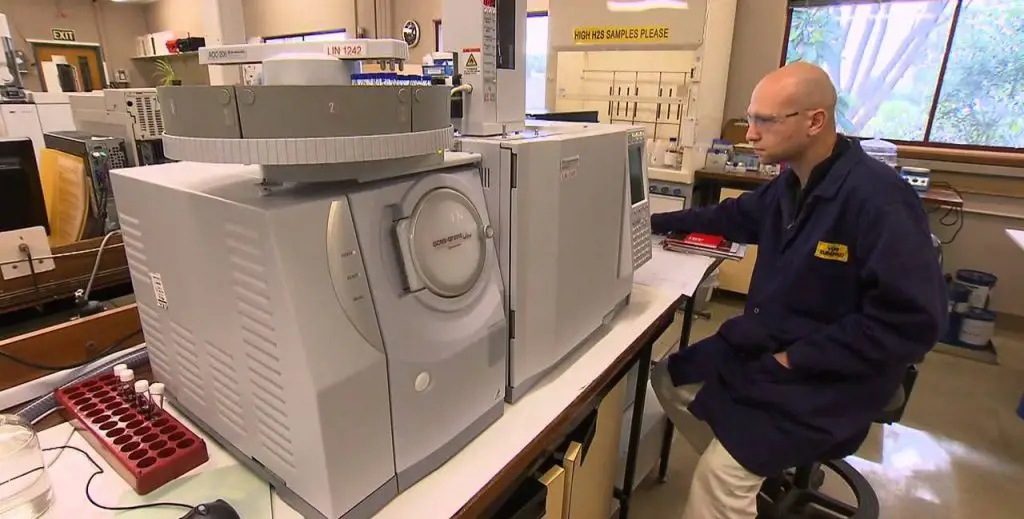
With an accuracy and sensitivity level between 95-97%, this test is undoubtedly your best bet at detecting any trace amounts of THC or its metabolites in the blood. The tradeoff, though, is that the completion time takes quite a while as the procedures involved requires expertise and specialized equipment. Because this test is costly, it is reserved as a confirmatory test.
Rapid Modified Duquenois–Levine Test
The Duquenois–Levine test is a three-step screening test for marijuana developed in the 1930s by a French Medical Biochemist named Pierre Duquénois. It was originally claimed to be a test specific to cannabis. However, several decades later, several studies revealed that it could also detect a variety of vegetable extracts that can contribute to a false-positive result. As such, this test should be carried out only by experienced personnel.
Nowadays, the rapid modified D-L test is often used for presumptive field testing. And since it is a qualitative rather than a quantitative test, it merely tests for the presence of cannabinoids. It cannot distinguish the percentage of THC in the sample. As such, this test is often used in conjunction with other screening tests for marijuana detection.
Meconium Testing for Newborns
In cases where marijuana use or abuse is suspected in pregnant women, the meconium test can be administered to test if the newborn has been exposed to marijuana.
To perform this test, a clinician collects the infant’s meconium (first stool excreted by the newborn) and sends it to the laboratory for analysis. This test can detect marijuana use in the last four to five months of a woman’s pregnancy since meconium forms at the beginning of the second trimester. If the meconium test comes out positive, child protective services (CPS) may be notified.
Factors that Influence the Results of the Marijuana Detection Test
Just like how marijuana’s effects are different from one individual to another, several factors could affect drug test results. These factors influence how well the said drug tests could accurately detect THC or THC-COOH in the specimen.
THC Dose and Frequency of Use
The biggest factors that can affect how long THC or its metabolites stay in one’s system are the THC dose and frequency of cannabis use. As a rule of thumb, the longer and more frequent you use high-THC marijuana, the longer it stays in your body. That is because THC is lipid-soluble, so after the body metabolizes it, the residual compounds or byproducts of THC get stored away in fatty cells.

If you use cannabis daily for extended periods, then more and more residues will be stored in your fats. And when your body uses up those fats, the THC metabolites are again released in the bloodstream. It can get you “re-intoxicated,” which is bad news if you have an upcoming drug test.
Body Mass Index and Sex
THC metabolites are stored in fats, so people with higher body fat concentrations may metabolize marijuana more slowly than those with less body fat.
Typically, women have more body fat percentage than men. As such, the female body can store more THC-COOH in the fat cells. That means that female cannabis users would require slightly longer periods to fully flush marijuana out of their system compared to male counterparts with roughly the same build and body mass index.
Metabolism
To pass a drug test, you have to clear THC out of your system. This naturally happens through metabolic functions that break down cannabinoids. As such, people with faster metabolism rates typically eliminate THC faster than those with a slower metabolism.
Hydration
The human body is made up of 60% water. So, if you are severely dehydrated, it increases the concentration of THC in the body as there is less water to dilute it. However, drinking lots of water is very unlikely to affect the result of a drug test since the body’s homeostatic function will just excrete the excess water. Aside from unnecessarily frequent trips to the bathroom, drinking too much water also poses severe consequences, such as hyponatremia, where the blood sodium levels drop to dangerous levels.

Consumption Method
The inhalation of THC through smoking, dabbing, or vaporizing allows it to enter the system within minutes. Once it takes effect, it can immediately be detected in a blood test. However, if you opt to ingest edibles, the THC would first have to undergo the first-pass effect of the liver, which significantly reduces the drug concentration before it reaches systemic circulation. As such, it would take up to 3 hours longer before THC shows up in a blood test.
Test Sensitivity and Specificity
Highly sensitive screening tests such as blood, urine, hair, and saliva tests can detect lower doses of marijuana. As such, the more sensitive the test is, the better it is at accurately flagging people with marijuana exposure. That means it has fewer chances of triggering a false negative result.
Meanwhile, specificity measures the test’s ability to correctly generate a negative result for people who don’t have marijuana exposure. The more specific the test is, the lesser the chance of triggering a false-positive result.
Exercise
Studies show that if you are a regular cannabis user, exercising right before taking a drug test increases the likelihood of getting a positive result. That is because exercise burns off fats, which then releases the stored THC metabolites into the systemic circulation. Thus, increasing its concentration in the bloodstream.

Intake of Medications that Could Cause a False Positive
Tests low on specificity may confuse the compounds in certain medications for marijuana. So if you are about to undergo marijuana testing, be sure to inform the testing personnel if you are taking the following prescription medications:
- Dronabinol (Marinol® and Syndros®)
- Ketoprofen
- Naproxen
- Ibuprofen
- Piroxicam
- Promethazine
- Proton pump inhibitors
- Efavirenz
The Tried and Tested Way of Passing the Drug Test
Testing positive in drug tests can have adverse social and economic ramifications. This is especially true for cannabis users in the workplace setting because you can get fired for failing a drug test, even in states with legalized marijuana.
So if you’re worried about failing your upcoming marijuana test, you may be tempted to tamper with the test or turn to shady products marketed as “detoxifiers.” However, with the advancements in science and technology, adulterants incorporated in urine samples that are meant to fudge the results could be easily identified in the tests. As for the detoxifier products that are said to flush the cannabinoids out of the system immediately, there is little to no evidence that any of them work. In fact, it might even cause harm if not taken with caution.
In the end, the single most effective and reliable way of passing a drug test is to refrain from consuming cannabis products too close to the testing date. Also, make it a habit to stick to low doses, and if you can, consume it sparingly. Exercising as much as you can after dosing may also help in hastening the process of metabolizing THC and/or THC-COOH. Just don’t do it right before taking the test, or you’ll risk failing it.

